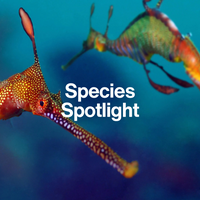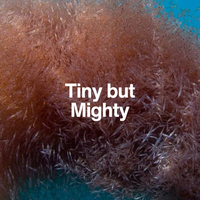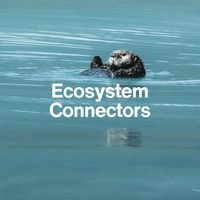the Power, Precision, and the Myth of the Monster
Great White Shark

Feared and misunderstood, the great white isn’t just a predator—it’s a keystone species shaping the health of the ocean.
Introduction
Apex of the Blue
The great white shark (Carcharodon carcharias) is one of the most iconic and powerful animals in the sea. Its size, speed, and reputation have earned it a place in films, folklore, and nightmares—but the truth is more fascinating than fiction.
As an apex predator, the great white plays a vital role in maintaining marine ecosystem balance. Its story is one of survival, ecological importance—and the urgent need to shift perception from fear to protection.

What Makes It Iconic
Speed, Senses, and Sheer Presence
Great whites can grow over 6 metres long, swim at 60 km/h, and detect a single drop of blood in 100 litres of water.
With a sleek, torpedo-shaped body, rows of serrated teeth, and acute sensory systems, they are built for efficiency. Yet what makes them truly iconic is their mythical status—a blend of mystery, power, and misunderstanding.

Fun Fact
Great whites don’t chew—they saw and shake their prey apart using powerful jaws and a side-to-side feeding motion.
Ecological Role
Architects of Ocean Balance
As apex predators, great white sharks help regulate prey populations—especially seals, sea lions, and large fish—keeping ecosystems in balance.
Their presence influences the behaviour of other species in what’s called the "ecology of fear": prey avoid certain areas, preventing overgrazing and protecting marine habitats.
They also scavenge carcasses, contributing to nutrient cycling and linking multiple trophic levels.


Conservation & Threats
Apex but Not Invincible
Despite their fearsome reputation, great whites are vulnerable:
Fishing gear entanglement & Bycatch
frequently caught in fishing gear such as gillnets, trawls, and longlines
Overfishing of prey species
like tuna and rays
Habitat degradation
of coastal nurseries
Shark Finning
and trophy hunting
Negative public perception
leading to poor protection policies
Did you know?
Great whites have low reproductive rates, giving birth to only a few pups after long gestation—making them slow to recover from population losses.
Hope & Action
From Fear to Conservation
Listed under CITES Appendix II and protected in many countries, great white sharks are beginning to benefit from growing public awareness and legal protection.
Conservation strategies include:
- Shark sanctuaries and no-fishing zones
- Tagging and satellite monitoring
- Responsible ecotourism, like cage diving
- Public education campaigns to reduce fear and support science-based policies
Protecting great whites protects entire marine ecosystems—and demands a cultural shift in how we relate to predators.

Why they inspire us
The Balance Behind the Bite
The great white shark represents raw, untamed nature. But it also reveals the complexity of ocean life—and our role in preserving it.
It's a reminder that even the fiercest predators are part of a delicate web. When we move beyond fear, we unlock deeper respect—and a responsibility to protect what keeps the ocean alive.

Species Overview

Species ID Card
Great White Shark
Want to take this species with you? Download our printable ID card to keep learning, share with others, or use in your classroom or ocean journal.
NEXT SPECIES
Meet the Ocean’s Graceful Giant: Manta Ray
Silent, soaring, and awe-inspiring—next up: meet the reef guardian with wingspans as wide as cars, and a brain that rivals some mammals.




